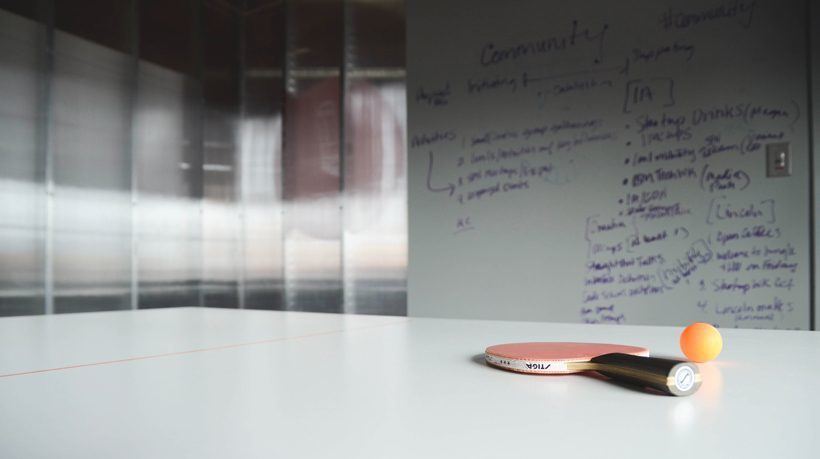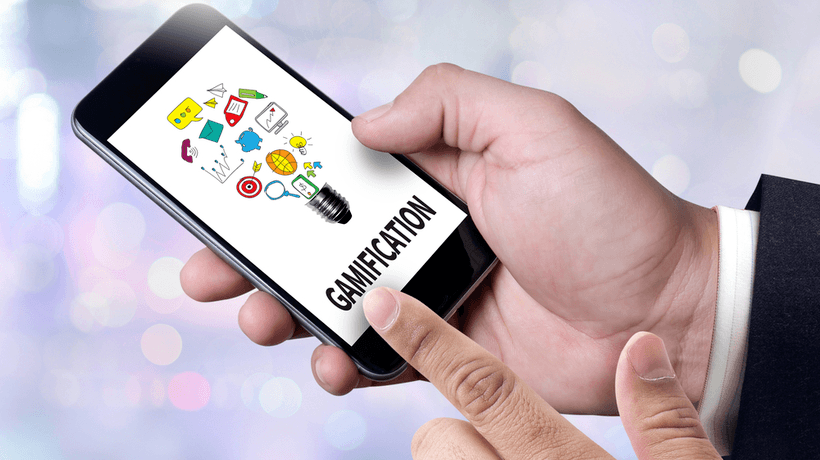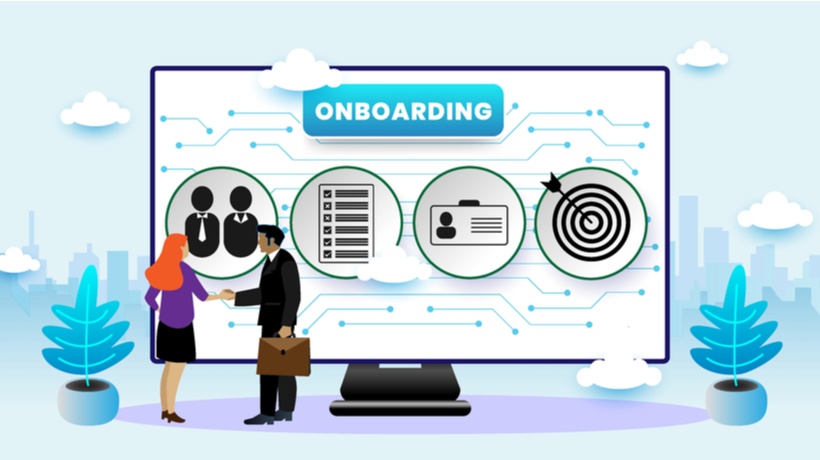Onboarding Gamification: How To Boost Employee Engagement During Sales Training
First impressions are a big deal - we only get one opportunity to get them right. With onboarding new employees, the objective is to make a good first impression. But how can we make the process as engaging as possible while ensuring a smooth integration into work life? That’s where solid gamification comes in. Gamification of any type of training increases engagement - and onboarding gamification is no different. Using onboarding gamification to help onboard new hires into a sales team is a great way to welcome an employee to their new job. New employees are typically nervous, eager to please, and generally confused on their first day of work. Gamification can help make the onboarding process enjoyable, encourage good habits, and make the integration into the sales team seamless.
- Beginner level.
In “beginner- levels” of a game, it’s easy for a player to see themselves succeed at a simple task. For example, during the first level of Tetris or Angry Birds, players get introduced to the mechanics of the game with simple challenges. Both games encourage deeper participation because they help the player feel like they’re accomplishing something. Essentially, players start off by winning. And who doesn’t like winning? Creating a series of challenges that scale upwards with the learner’s abilities is the core of gamification. There will always be entry-level tasks that the employee needs to complete for their sales training development, but framing these tasks within the scope of a gamified activity alleviates the pressure that a new employee feels during their first few weeks at work. Easy wins help new employees develop good habits while giving them a sense of accomplishment and confidence. - Reward system.
A new employee wants to show off their capabilities, and presenting awards can raise their confidence. Recognizing the small victories that pave the way to an effective salesperson, such as doing well in a simulated sales environment or correctly logging their hours with some kind of reward helps reinforce those positive behaviors. When employees can successfully demonstrate a given task, they feel accomplished. Recognition can also socially integrate a new employee into the company, making them feel like they are a valuable part of the team. Rewards and recognition during the onboarding process encourages good work ethic and a sense of socialization with the rest of the company. - Leaderboard.
Integration into work life also means getting to know the people around you. Any chance to introduce a new employee to the rest of the company and involve them in what is happening during the onboarding process is a chance to engage them in their work. When you create a leaderboard within the company, including a new employee into the leaderboard can encourage friendly competition. When new employees see other employees take part in a leaderboard, why wouldn’t they want to get in on the fun? The gamified onboarding process now has an element of a challenge, which encourages the new employee to achieve more. The employee feels engaged when competing with other employees in the company. This can even be used in team-onboarding where employees work on tasks together and compete with other teams. Interacting with one another also increases the sharing of ideas and tips between the new employee and more seasoned employees.
Continuous Onboarding
By building on all these gamified approaches, companies can continue the onboarding process in the same way that players want to progress to a new level in a game. The new employee starts off learning how to perform simple tasks, but why should the fun end after the initial onboarding? Continue engaging onboarding through the first day, the first week, the first month, and the first year.
As the employee becomes more proficient, the tasks become more difficult. This creates the opportunity to grant the employee access to more rewards, points, and higher leaderboard levels, which continue to keep the new employee engaged.
When companies help motivate their new employees by making the onboarding process feel like they are participating in a game, employees are more likely to engage in their work. Onboarding gamification can be a solution to the challenges involved in engaging a new employee during the onboarding process by turning routine tasks into fun activities that give your new employee a sense of confidence.









